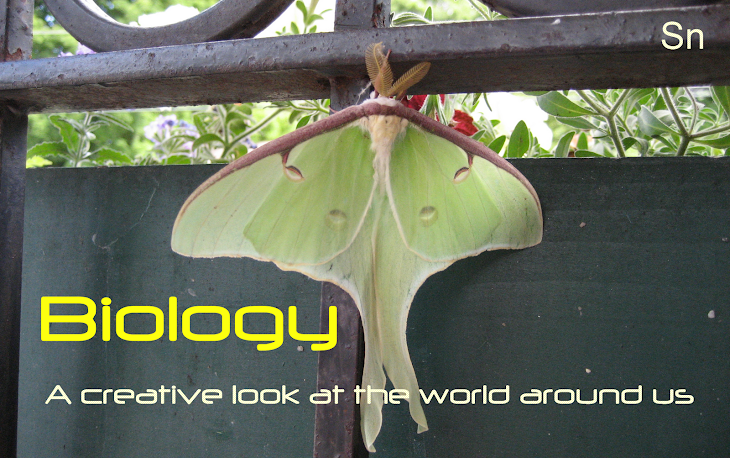Now, knowing my friends father, and understanding him through my own, I feel that I get his personality. But he is also a chemist – he is a scientist, and so I was shocked when my friend told me recently that he doesn’t believe in evolution. How can a scientist not believe in evolution?! It’s a basic fundamental principle of science! I thought here was the place where our fathers probably differed. I had never asked my father about that before, and based on his religious and political views, one might automatically assume that he would not, but he does believe in the existence of aliens so I thought that perhaps an idea like evolution wasn’t so far off. I wanted to know, so I called and asked him. “No.” he stated emphatically, almost sounding offended. “There is no such thing. Some people do, they think they came from apes, but I certainly didn’t come from an ape.” Welp – couldda seen that one coming!
Perhaps that there is room for religion and science to coexist. Perhaps one can have a strong faith and also believe in evolution. In science, we are constantly finding and figuring out new things, organisms, ideas – formulating new hypotheses; scientific beliefs are constantly evolving as we understand the world around us more and more. In science, it is important to acknowledge when we don’t know the answer to something. Perhaps there is something to that in religion, as well. Perhaps it is okay to say “Yes, I believe in this”, while also saying “I don’t fully understand that.” Faith isn’t about understanding and knowing, it’s about believing. Cannot one have a strong religious faith, believe in scientifically likely scenarios, and acknowledge “I have faith in this, I acknowledge the likelihood of that, and I don’t understand how they connect”?
******
Sciencenrrd will be taking a temporary hiatus for the summer; see you in a few weeks!





